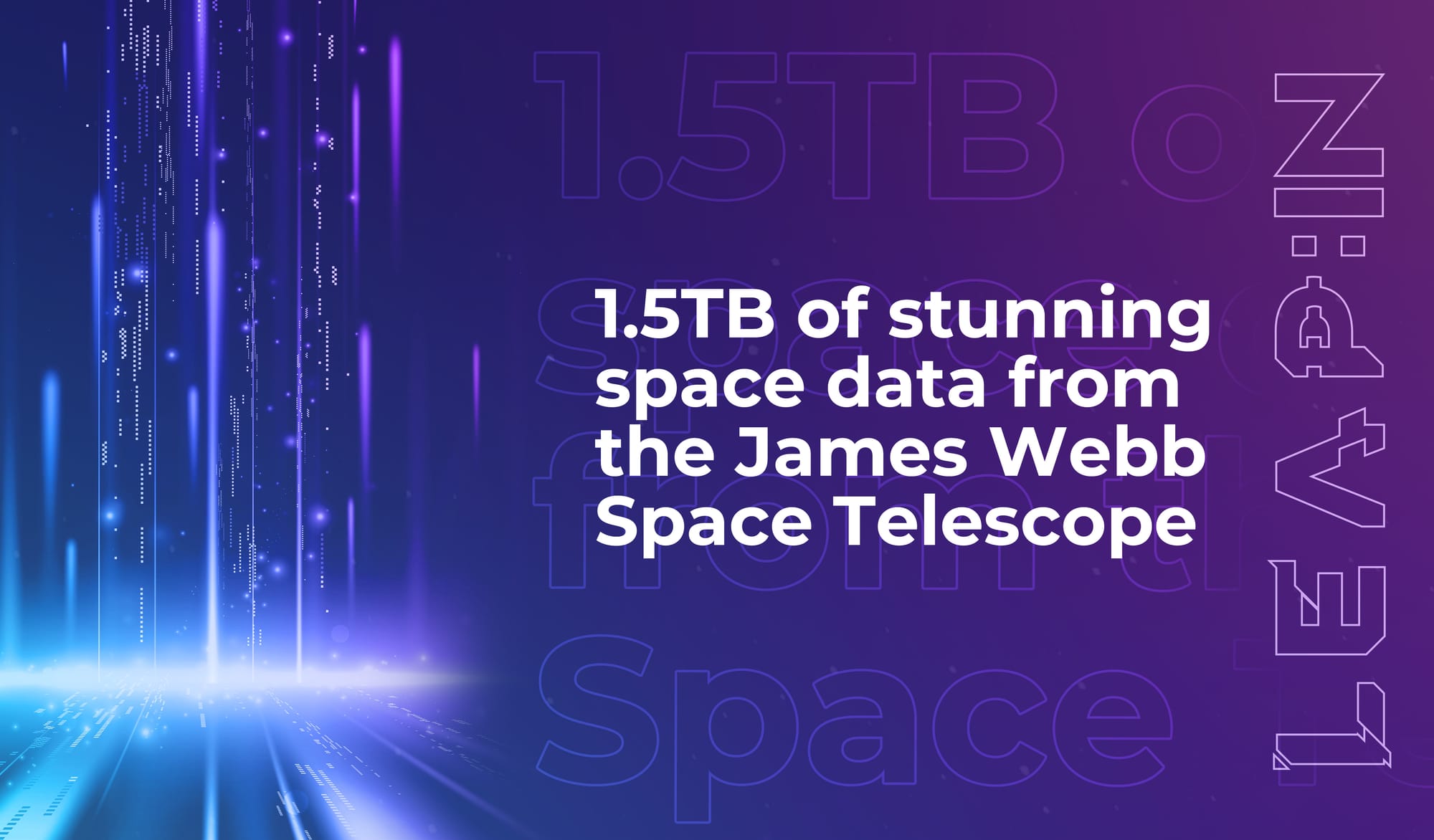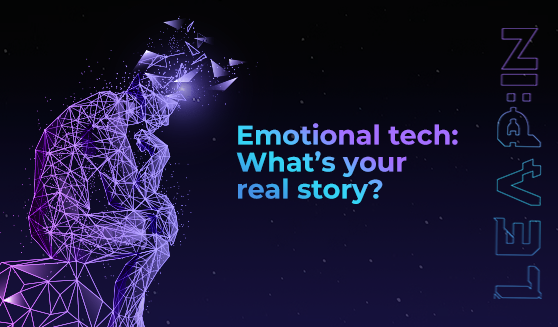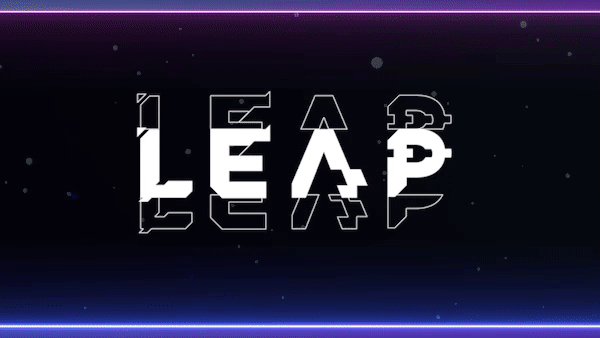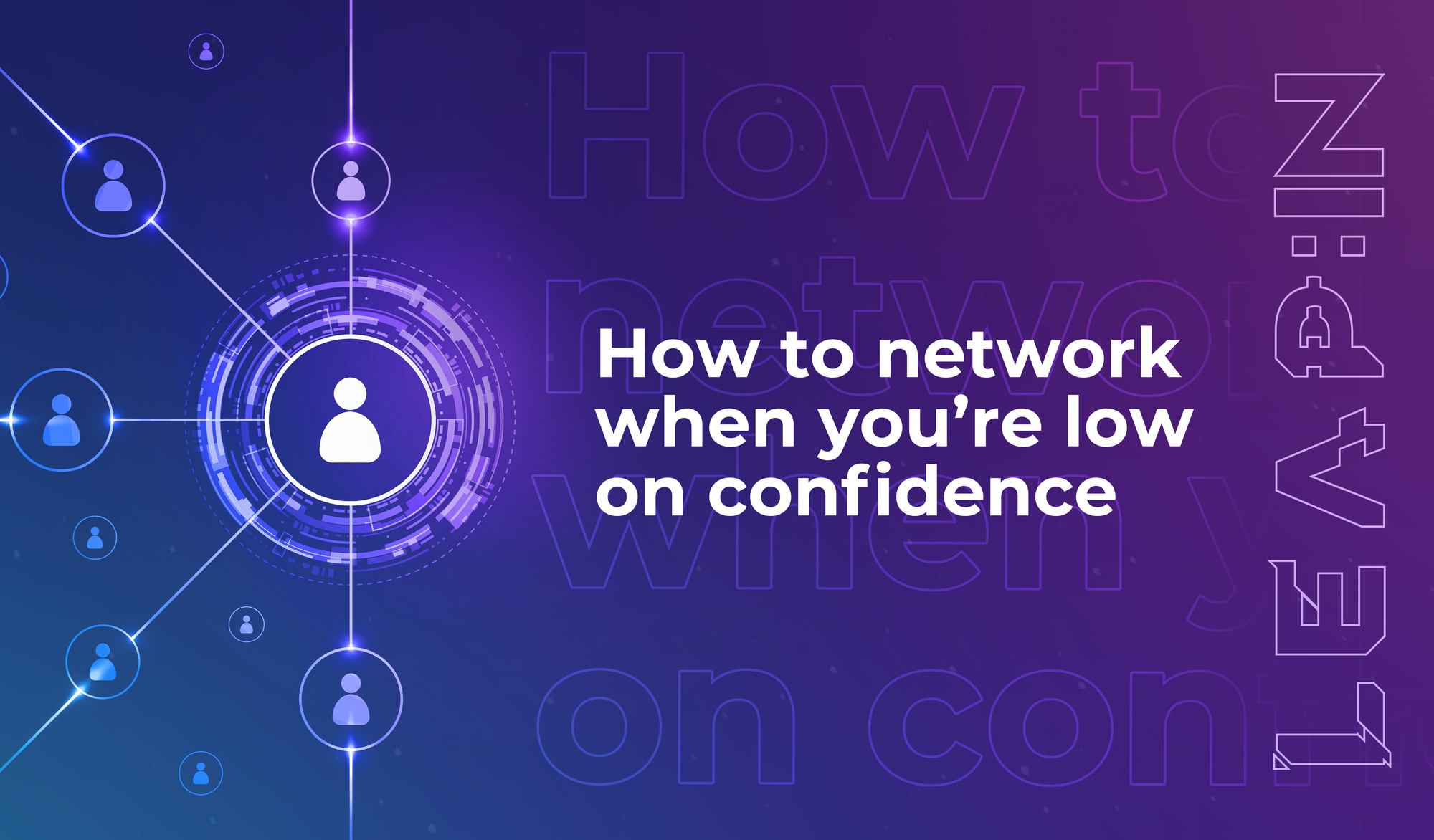
1.5TB of stunning space data from the James Webb Space Telescope
Get some perspective from 800,000 galaxies


Welcome to the 58 new techies who have joined us since last Friday. If you haven’t already, subscribe and join our community in receiving weekly tech insights, updates, and interviews with industry experts straight to your inbox.
What Merheby said:
“Verofax was developed from our personal pain. My co-founder and I had been working for 20 years as sales and marketing executives in global firms. However, it was always a challenge to have our brands engage with direct-to-consumer marketing…”
Listen, there are loads of different things we could write about Verofax (the startup that won the Artificial Intelligence award in the Rocket Fuel Competition at LEAP 2023, in case you hadn’t heard).
But we want to stop right here and talk about the strength of that short opening sentence: Verofax was developed from our personal pain.
We were interviewing Wassim for the blog. And when we asked him to share the story of his startup, he started with that admission of personal struggle. He went straight for the stuff that everyone can connect with: a feeling of struggle, of frustration, of needing to create a different way of doing things.
We know that not all tech products and services are created because the creator wants to solve a problem they’re actually experiencing themselves. But all technology is connected to human emotions. All tech, when the story is told from a human perspective, can evoke genuine feelings – and that’s an incredibly powerful way to connect with customers, build awareness and trust for your product or service or brand, and grow your business.
We’re not saying your tech story has to be dramatic. Your brand doesn’t have to be built on a tragedy in order to be worthwhile. In fact, positive emotions are just as powerful in storytelling as negative emotions.
But there’s got to be emotion.

For tech companies that aren’t already clear on the emotional elements of their brand storytelling, the temptation – when you’re told you’ve got to include emotion in your story – is to make it up. Founders and marketers think about what might make their target audience feel something, and then they fabricate a story that taps into those imagined feelings.
That doesn’t really work.
Or if it does, it won’t work for long.
Genuine connection runs deeper than that; and customers are human beings. Human beings have an innate ability to sense when a story isn’t true; and any connection they feel with a made-up brand story will be fleeting.
Tech companies that launch marketing campaigns without a clear understanding of the emotional relationship they’re working to build between their services and their customers are putting themselves at a disadvantage.
You could have the best designers in the world, the most captivating graphics and video; you could put thousands behind your ad spend, and develop a brilliantly targeted distribution strategy; but without emotion and storytelling, it’s all style and no substance.
It matters to all tech pioneers and business leaders. Because when marketing is an afterthought, you’ll struggle to get your work seen. But when your marketing and your products are intertwined from the beginning – when your story isn’t placed on top of your product, but told through the purpose of your product – you’ll reach the right customers much more easily.
Wassim clearly stated that his company grew from personal pain. And that’s great – in the context of an interview and the question we asked him, that explicit admission of pain works perfectly.
But here’s a thing: once you understand the emotional relationship you’re working to build between you (your brand, your product, your service) and your customers, you don’t have to be explicit about that emotion all the time.
When you are clear on the emotion in the story you’re telling, you (or your copywriter) will be able to communicate that emotion without saying this is the emotion. You’ll be able to weave it into the fabric of your content, your copy, your graphics, your videos, whatever kind of marketing content you’re producing. You’ll be able to create marketing materials from an emotional understanding – and that will reach your audience.
So when you’re thinking about how to position your brand story, think personal – but also think about how to make the personal into something that everyone can relate to.
As Bobette Buster (Author, Lecturer, expert in the art of storytelling) wrote in her book How to tell your story so the world listens, “Stories are the sole means by which we can envision our own place in the world.”
Steve Jobs was the master at this. Not just in the way he marketed Apple products, but in the way he framed every experience in his life. While addressing the Stanford University graduation class in 2005, for example, he spoke about being diagnosed with pancreatic cancer – and turned that very personal experience into a universal one.
He said the diagnosis taught him to look in the mirror every morning and ask himself, ‘Do I really want to be doing this?’. And if he answered ‘No’ for too many days in a row, then he’d change what he was doing.
Wassim did this too. He used his own past challenges to illustrate why he wanted to create a different way of doing something.
So what’s the emotion in your tech story? And why should it matter to your customers?
Read our interview with Wassim Merheby.
We want to introduce you to LEAP Forward - The exclusive, quarterly magazine that brings the spirit of LEAP into deep-dive reads. Discover the latest trends and captivating topics that are shaping Saudi Arabia's future.
From rising start-ups to the venture capital activity across MENA, LEAP Forward is an exploration into Saudi Arabia's position as a global technology hub.

Have an idea for a topic you'd like us to cover? We're eager to hear it! Drop us a message and share your thoughts.
Catch you next week,
Richard McKeon
Marketing Director
P.S. - Mark your calendars for LEAP 2024 📅 4-7 March 2024. Want to be a part of the action?

Get some perspective from 800,000 galaxies



Get some perspective from 800,000 galaxies

